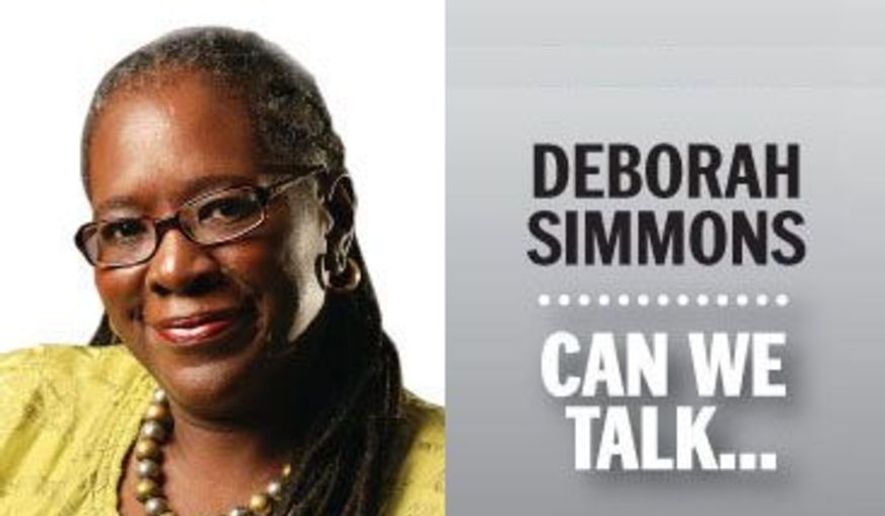ANALYSIS/OPINION:
North Korean leader Kim Jong-un is either 34, 35 or 36 years old, depending on whose facts — the U.S.’, South Korea’s or North Korea’s — are applied.
What seems to be certain is that Mr. Kim is a millennial, among the generational cohort that views history as a fluid set of values, laws and rules that are meant to be broken and changed.
Pause momentarily to consider the fact that in less than a month President Trump will be discussing peace with Mr. Kim, a reclusive kid among worldly men, many would say.
Their summit in Singapore is a life-and-death issue that — unlike America’s War Between the States, which began and ended in the South — continues today as a peninsula divided as North and South Korea.
That’s why, as we approach Memorial Day, it’s important that millennials and younger people understand the purpose of the holiday and why we will honor war dead such as Albert E. Quintero, who joined the Army in 1945 and served during the Korean War.
By then, Quintero was among an estimated 2,500 U.S. soldiers and 700 South Korean troops deployed in late November 1950 east of the Chosin Reservoir, tough terrain during any weather and freezing in the winter. Quintero, by then a corporal, members of his squad and other soldiers were attacked by Chinese forces. A surprise assault, it was brutal, it was ugly, it was hell.
The Army managed to evacuate about 1,500 wounded, but Quintero was not among them. He was reported missing on Dec. 2, 1950.
Since then, his family in California had been awaiting official word about his remains — and this week their prayers were answered. On Wednesday, the very day North Korea released three American detainees, Quintero’s descendants claimed his remains, which were in a casket draped with a U.S. flag. He was but 23 years old when he died.
Fortunately, we have organizations such as Rolling Thunder Inc. to remind us over and again the sacrifices made by troops who become prisoners of war or missing in action.
Rolling with Rolling Thunder gives us a resounding reminder about soldiers like Marine Lance Cpl. Ashton Loney, who was killed in a May 15, 1975, ambush during the last Vietnam War battle on Koh Tang in Cambodia. Loney is reportedly one of a handful of MIA servicemen from the battle.
The name Rolling Thunder itself stems from Operation Rolling Thunder, the military code name for the intense, long-term U.S. bombing of North Vietnam in the mid-1960s. By now you know what they do and where they do it every Memorial Day.
Each Memorial Day weekend in the District, uniformed members of the military position themselves along key thoroughfares to salute the thousands of motorcyclists, veterans, families and current military men and women that Rolling Thunder brings to the nation’s capital.
Spectators and participants roll in from around the country, and the thunderous applause for the bikers as they roll along the National Mall is as memorable as the tears and smiles of pride on the faces in the crowd.
Rolling Thunder has a simple message and mission, founder and former Army Sgt. Artie Muller once said: “Never forget all of our prisoners of war and those still missing in action from all wars, and never forget our veterans of all wars. That’s our message, and that’s our mission.”
Smart.
Let’s roll.
• Deborah Simmons can be contacted at dsimmons@washingtontimes.com.
• Deborah Simmons can be reached at dsimmons@washingtontimes.com.




Please read our comment policy before commenting.